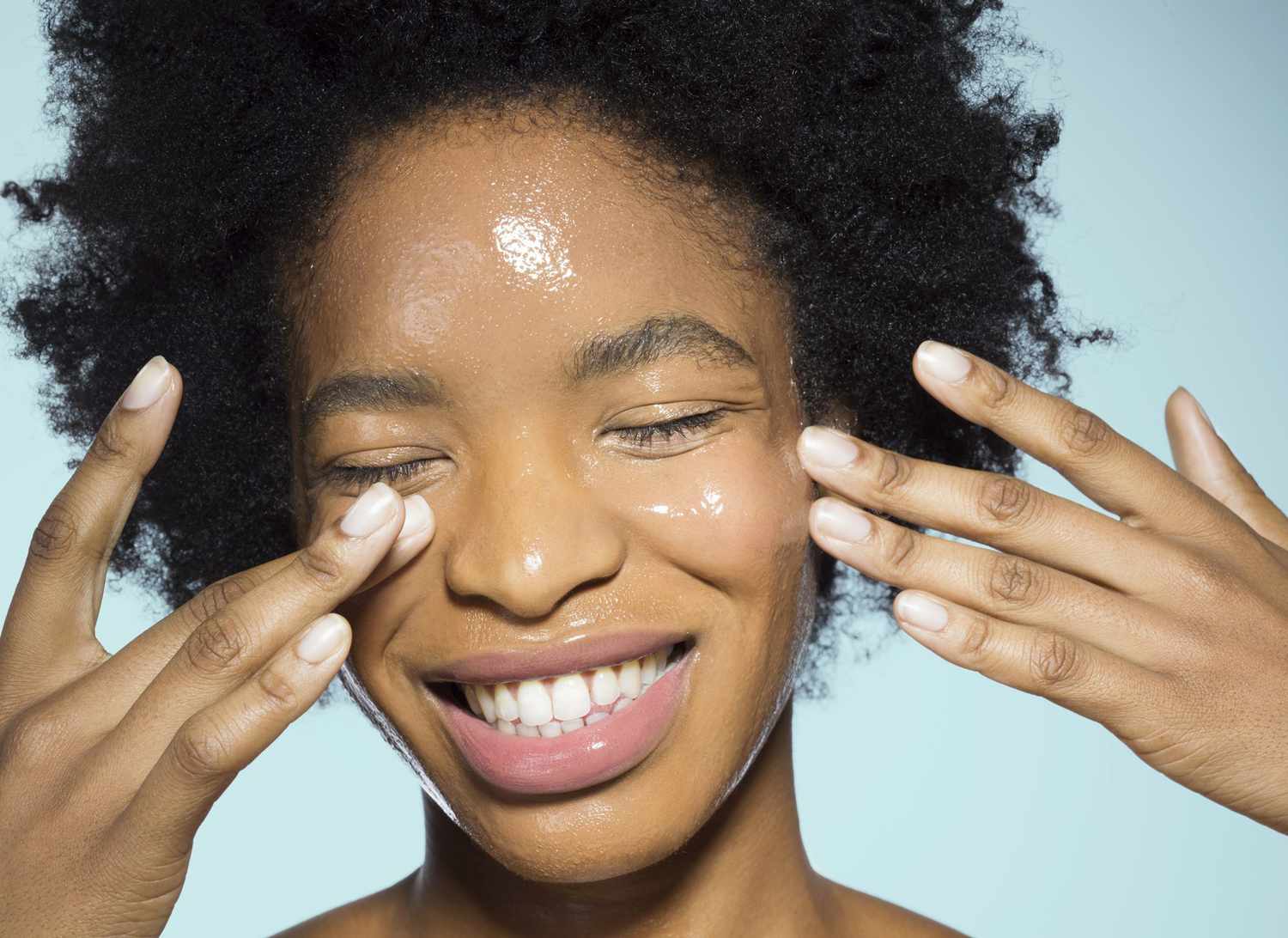No, it doesn’t involve any slimy creatures! Slugging is a skincare technique where you apply a thick layer of occlusive creams or ointments, typically petroleum-based, as the final step in your nighttime routine to minimise moisture loss, also known as transepidermal water loss (TEWL).
This method, which has recently gained popularity on platforms like TikTok for its ability to enhance skin smoothness, softness, hydration, and glow, is actually a long-standing dermatologist-approved strategy. It’s particularly beneficial for those with sensitive, dry, or reactive skin and can also boost the effectiveness of other active treatments. However, it’s not suitable for everyone!
The Science Behind Slugging:
- Slugging is similar to moist wound healing, which supports faster recovery by maintaining an optimal moist environment.
- Occlusive agents like petrolatum create a barrier that prevents up to 99% of TEWL.
- Petrolatum helps retain moisture while still allowing your skin to “breathe” and repair its barrier.
How to Incorporate Slugging into Your Routine:
- Cleanse
- Apply serums
- Use active creams
- Moisturise
- Finish with a thin layer of an occlusive agent (e.g., Vaseline, mineral oil, or shea butter)
Important Notes:
- Slugging may not be suitable for those with oily skin, acne, blackheads, or milia, as it can exacerbate these issues.
- Avoid using it over retinoids or active breakouts.
- Opt for pharmaceutical-grade petrolatum to ensure safety and efficacy, as it’s fully refined and free from harmful substances.



Just a curious question really, about slugging…
Will that leave a big smear of thick ointment on what was your pillowcase at night time?
I know my skin could do with some moisture as I spend a great deal of time out in the sun and don’t believe in sunscreens (my own personal opinion).